Nourish to Flourish
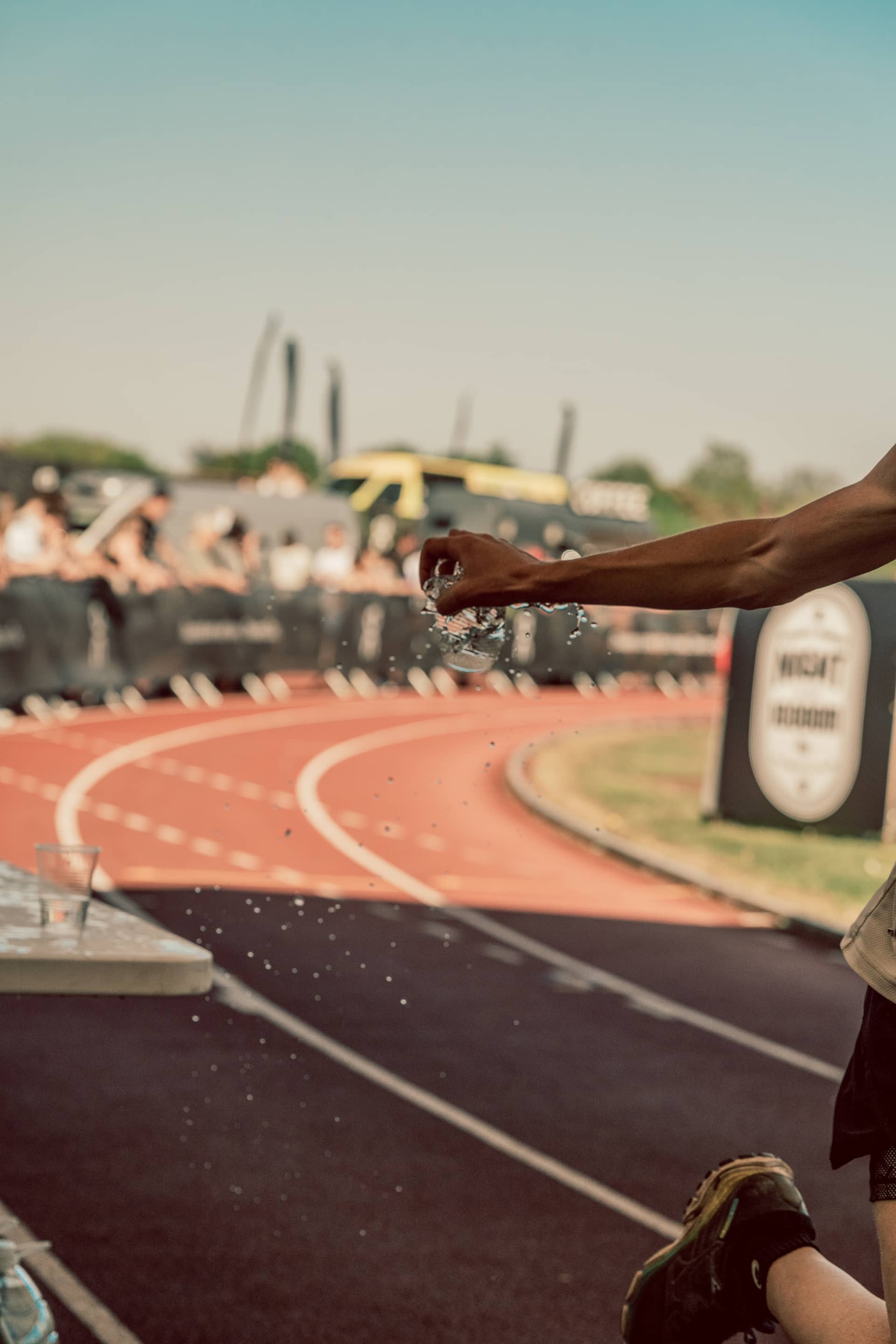
For many athletes, the pathway into REDs is followed unintentionally. Training schedules are sandwiched between classes or work schedules, appetites are suppressed from a hard session, and unless you're a pro athlete, rest isn't always top priority. Meanwhile, messaging from diet culture and social media can plant misconceptions about the amount and types of food that are best for our health and wellbeing, making it difficult to determine what should be included on our plates in the first place.
Although it's always advised, working one-on-one with a registered sports dietitian (recommendations, here) isn't realistic for every athlete. Thankfully, there are some general guidelines that can be helpful for health, performance, and REDs prevention - which all go hand in hand.
Registered dietitian and founder of Fueling Forward, Maddie Alm, is here to take us through them.
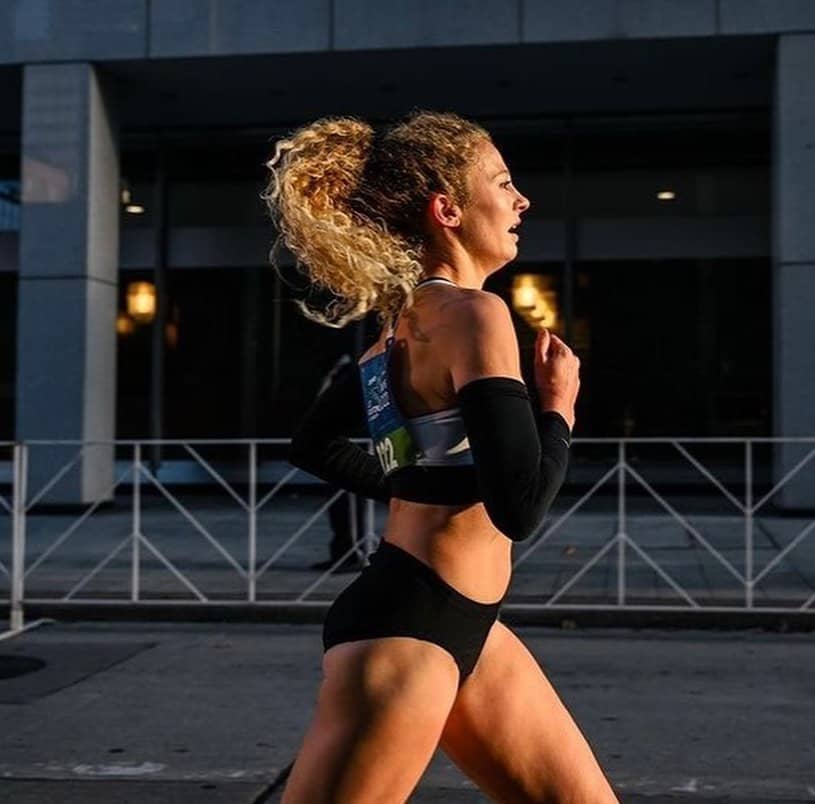
Most of us learn best with visual examples, like the basic framework Maddie shares with athletes, which she calls 'The Performance Plate'. Rather than laying out rigid rules about what you should eat, the performance plate focuses on three simple categories: carbohydrates, protein, and colour. From there, you simply change the size of each category based on the demands of training that day.
Let’s take a closer look.
Carbohydrates are the main source of energy for your muscles and your brain, helping you feel focused and energised during training and throughout the day. The body stores carbohydrates in the form of glycogen in the muscles (and liver) to use as a quick source of energy during exercise, but these stores are limited and need to be continually replenished. As Maddy explains:
Over 50% of your diet should be coming from carbs. If this sounds surprising to you, there's a good chance you aren't getting enough!"
Examples of carbohydrate-rich foods include: porridge/oatmeal, bread, rice, pasta, bagels, granola, potatoes, and most fruits. Lower fibre foods that digest quickly might be best before training, while complex carbs that tend to be high fibre are great for meals after training or when you’ve got plenty of time before your next session.

Protein helps the body repair muscle and tissue damage so your body can bounce back from training and develop strength and power over time. Your body can only absorb so much protein in one hit, so it's best to include some at every meal. Meats like chicken or beef, fish, eggs, dairy products, beans, tofu, and nuts can all be great sources of protein.
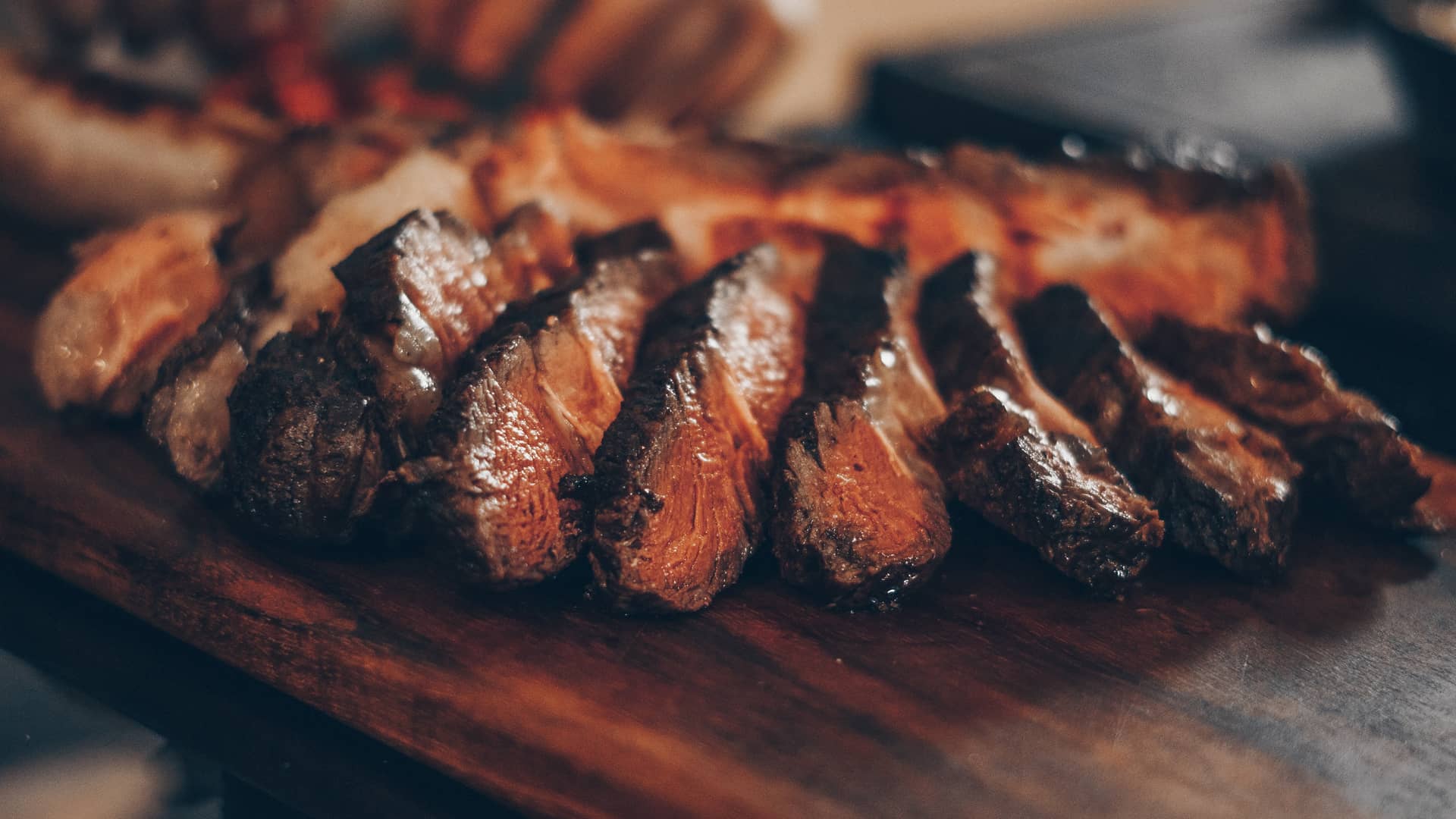
Colourful foods give you the vitamins and minerals you need to stay healthy. They help support your immune system, reduce inflammation, and boost your recovery after training.
Each colour of fruit and veg contains different nutrients, so in order to get the most nutrients in your diet, try to pick a new colour with every meal/snack.”
Some of Maddie’s favourites include bananas, avocado, snap peas, carrots, and berries, but the possibilities are endless! Some of these foods might also be a carb source, and that is perfectly fine. I’ll take a toasted bagel with eggs AND a side of fruit, please!
If budget is a concern, try picking produce based on what is in season and look for items that are on sale. Keep in mind, you can get the nutrients you need from fresh, frozen, or even canned fruit and veg!”
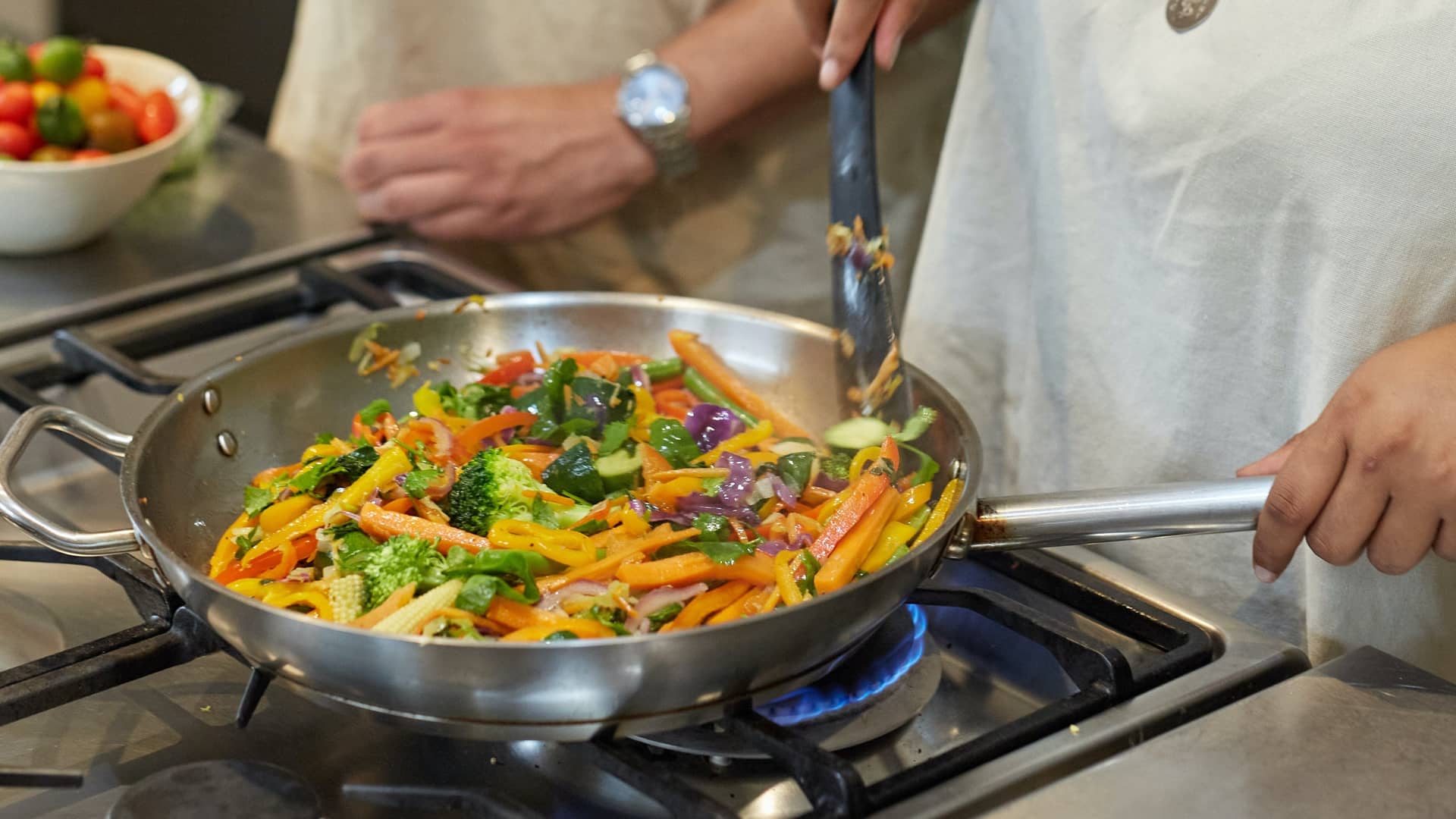
Don’t forget the fats
Fats are an essential (and often underrated) macronutrient that should also be included in meals and snacks throughout the day. Many key vitamins are fat soluble, meaning they are best absorbed by the body when paired with a fat source. So, instead of ordering that 'salad with dressing on the side', consider whether that dressing could give you a nutrient boost instead.
Research has shown that healthy fats – like the kinds found in avocados, olive oil, fish, and nuts – may support sex hormone regulation by reducing the risk of menstrual cycle irregularity and promoting healthy testosterone levels. Healthy hormones, healthy body!
How much to eat, when?
Alright. We know the basic categories that need to be included on our plates. Now, let’s get into how much our athlete bodies need.
Let’s start with an easy training or rest day, which Maddie defines as 45 minutes or less at a light effort. Here, your plate should be roughly ½ colour, ¼ carbohydrates, and ¼ protein.
As carbohydrates are essential for fueling exercises AND for repairing muscle damage after training, it makes sense that the longer and harder your training sessions become, the more carbohydrates are needed throughout the day.
On a moderate training day, ranging from 45 - 75 minutes, protein should stay at ¼ of the plate, while carbohydrates and colour share the remainder equally, a little over ⅓ each.
When race day rolls around, or your training goes longer than 75 minutes, go big on the carbs! At mealtimes, carbohydrate-rich foods should make up half your plate on these days, while colour and protein each take ¼ of the remaining space.
That’s right! HALF your plate should be carbohydrate-rich foods – you can still meet your micronutrient needs without filling your plate with veggies!
What about fats? Like carbs, the amount of fat at each meal should increase based on your training, with a recommended serving on hard days of at least two tablespoons or oil or butter, or the equivalent from other sources.
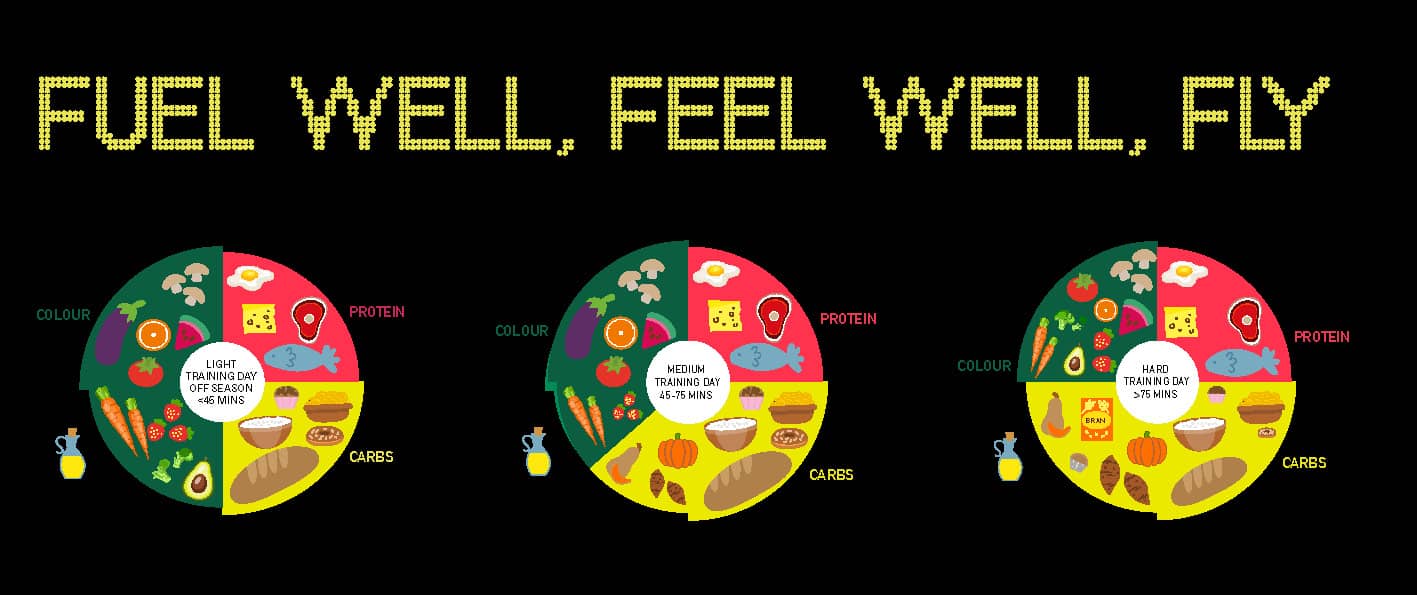
Want another reason to like the plate method? It’s scaleable and does not ask you to stress over prescribed amounts of specific foods.
"It causes a lot more emotional distress around food when we focus on numbers and measurements, and it over complicates fueling as a whole,” Maddie emphasised. “That's why I like this plate model – it's very applicable wherever you are. Whether you're a university athlete living in the dorms, or a recreational athlete with a day job, it's easy to visualise: ‘Here's roughly what my plate should look like. If I have all those things on my plate, and I have that ratio down, then I know I'm at least kind of doing what I need to do."
"And then, you can tune into your body from there, and if you're still hungry, you can go eat more, versus telling yourself, I can only have a cup of rice – you eat the whole thing, you're still hungry… that can cause distress as well."
Less stress about food and fueling = more mental and physical energy to support your training and life. Sounds like a win-win to us!
Maddie Alm is a Registered Dietitian and professional runner based in Boulder, CO. Her simple yet effective strategies to fuel your body for health and performance have helped her to a 12th place finish in the 5000m at the US Olympic Track & Field Trials in 2021, and have benefitted her Team Boss teammates along with several other professional athletes in fueling their bodies while chasing big goals. You can follow Maddie on Instagram – her personal account is @madsalm12 and her business account is @fueling_forward – or via her website, FuelingForward.com.